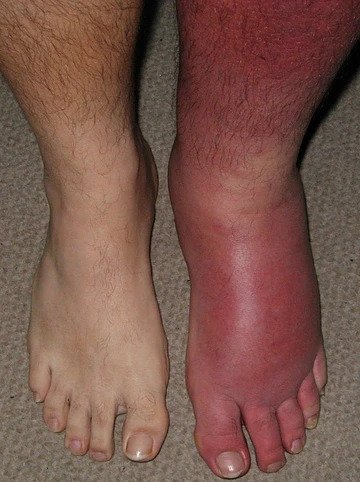This month is Peripheral Artery Disease (PAD) Awareness Month, and we are raising awareness about this disease, who it affects, and how you can recognize the warning signs and seek medical help before things progress.
What is Peripheral Artery Disease (PAD)?
Peripheral Artery Disease, or PAD is characterized by a narrowing of the arteries. It occurs when your arteries become clogged with plaque, which limits blood flow and puts you at an increased risk for having a heart attack or stroke. Though it is most commonly seen in the legs, PAD can occur in the branch arteries to the stomach, arms, and head. Presently, PAD affects anywhere between 8 – 12 million people in the United States.
What risk factors contribute to PAD? Who Does it Affect?
Other risk factors affecting your chances of having PAD include if you:
- Are 70+ years of age
- Are 50-59 years of age, with a history of diabetes or smoking
- Currently (or used to) smoke
- Are diabetic
- Have high blood pressure
- Have high cholesterol
- Have known kidney problems
- Are overweight
- Have a family history of PAD, atherosclerosis, heart attack, or stroke
- Any combination of the above
Symptoms of PAD
It is important to be able to recognize the possible symptoms and signs of PAD – especially since the symptoms are often mistaken for something else. When it comes to PAD, most patients don’t show any symptoms. Because of this, PAD often goes undiagnosed. Take a look at some of the symptoms below:
- Pain in the legs that doesn’t disappear after exercise
- Gangrene
- Foot, toe, or leg wounds that take a long time to heal, or which heal poorly/not at all
- Color changes in the skin of the feet
- Lower temperature in one leg compared to the other
Diagnosis & Treatment
If you are experiencing any of the symptoms above, it’s in your best interest to see your healthcare provider. He/she will perform a physical exam, which may include an Ankle-brachial index (ABI) exam. An ABI exam is a quick, painless test involving your arm and ankle to determine how well your blood is flowing. Depending on the outcome of this test, your healthcare provider may recommend additional tests.
One of the goals in treating PAD is reducing symptoms via healthy lifestyle changes, by taking prescribed medication, and (in some cases) surgical procedure(s). You should see a doctor when you develop:
- Pain when walking or at rest
- Chronic wounds
- Streaking redness with wounds
- Severe swelling with redness
At Advanced Heart and Vein Center, PAD is treated by first assessing your risk factors. From there, we will address issues, such as: quitting smoking, high blood pressure, cholesterol, and diet/exercise. For more serious cases, surgical procedures, such as Angiography, may be necessary to help restore normal blood flow.
Speak to one of our doctors today to determine which course of treatment is best for you.


